“A famous man once said we create our own demons…”
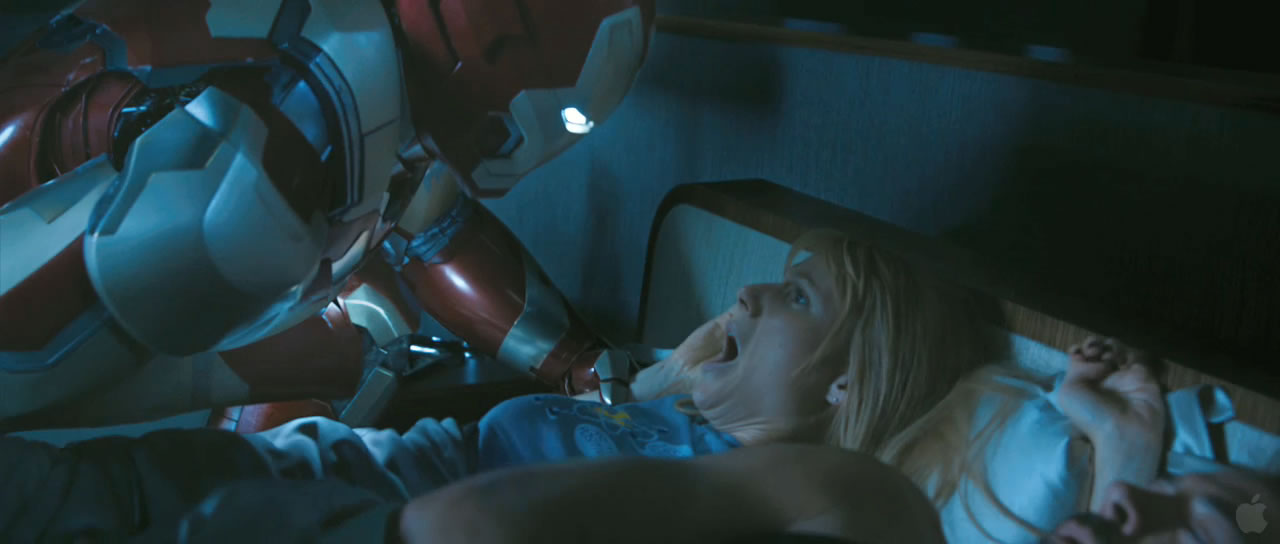 As mentioned in our first post about Iron Man 3, Tony Stark faces the existential question of “how then shall we live?” having had his life turned around and death averted in the previous, MARVELous entries. The anxiety-amplifying conflict in his present, however, comes from seeds planted in the past, and a flashback to 1999 gives us all the ingredients we need to grasp even more depth than Stark’s philosophical musing provides at the film’s opening.
As mentioned in our first post about Iron Man 3, Tony Stark faces the existential question of “how then shall we live?” having had his life turned around and death averted in the previous, MARVELous entries. The anxiety-amplifying conflict in his present, however, comes from seeds planted in the past, and a flashback to 1999 gives us all the ingredients we need to grasp even more depth than Stark’s philosophical musing provides at the film’s opening.
Hubris-heavy Stark and hapless Happy Hogan encounter three significant people at an turn-of-the-century event in Bern, Switzerland: one person he ignores, another he teases and gives false hope, and yet another he plays with and discards with the usual lack of commitment. The two he abused come back to haunt him at the end of this trilogy, and the only reason he’s prepared to deal with them is because of the man he ignored.
 “Don’t waste it… don’t waste your life, Stark.” – Yinsen, Iron Man
“Don’t waste it… don’t waste your life, Stark.” – Yinsen, Iron Man
It’s perfect symmetry that we see Yinsen at the Y2K party, the man who will salvage Tony’s shrapnel-filled heart and then give up his life to equip Stark with his first set of armor, setting the man free to a transformed life. In Iron Man, Yinsen mentions they’d met at the gathering in Bern, which is a tribute to the continuity choices of director/screenwriter Shane Black). Blowing off his future savior, Tony doesn’t give the man a second glance; he’s too busy trying to get laid.
Next, thinking himself above the cosmetically-challenged Aldrich Killian, Tony simply messes with the man in the elevator and gives him false hope. He then follows his usual playboy regime, not only drinking too much and adding a notch to the Stark headboard but half-heartedly giving Maya Hansen a formula for her research. A friend of mine mused that certain problems that emerge from these actions in the first few scenes remind us of Tony’s former ego and apathy, manifest as people in problems he must now reconcile.
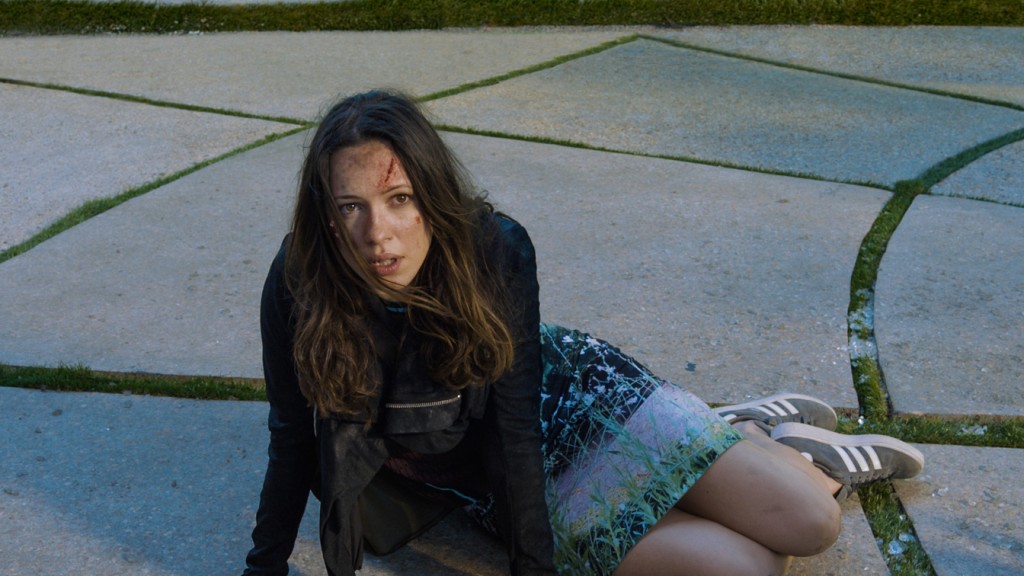 Characters in the 2013 film who have chosen, or fallen into, an evil path represent lives and situations Tony Stark might easily have found himself in… save for that transforming moment in 2008 with Yinsen in the cave. It’s hard for me to embrace the idea that Tony shares full blame for creating these “demons”, but it’s a credit that he feels some responsibility. He certainly poured gasoline on their smoldering fires and contributed to their creation, even if they bear their own culpability. However, it’s a beautiful narrative nod that the person he ignored completely would create, in Tony, not a demon… but rather a transformed life.
Characters in the 2013 film who have chosen, or fallen into, an evil path represent lives and situations Tony Stark might easily have found himself in… save for that transforming moment in 2008 with Yinsen in the cave. It’s hard for me to embrace the idea that Tony shares full blame for creating these “demons”, but it’s a credit that he feels some responsibility. He certainly poured gasoline on their smoldering fires and contributed to their creation, even if they bear their own culpability. However, it’s a beautiful narrative nod that the person he ignored completely would create, in Tony, not a demon… but rather a transformed life.
-
Whose lives are we contributing to, and how?
-
What kind of demons are we creating?
We don’t often think about how our own passions and pursuits can ripple and effect others, and – even if we admit they’re wrong at all – we justify our little misdeeds or minimize their impact potential. However, we find ourselves with a summer blockbuster positing that teasing that nerd and bagging that hot chick and then never calling can lead to life choices and events that hurt or kill thousands of people.
“And Jesus said, ‘Father, forgive them, for they know not what they do.'” – Luke 23
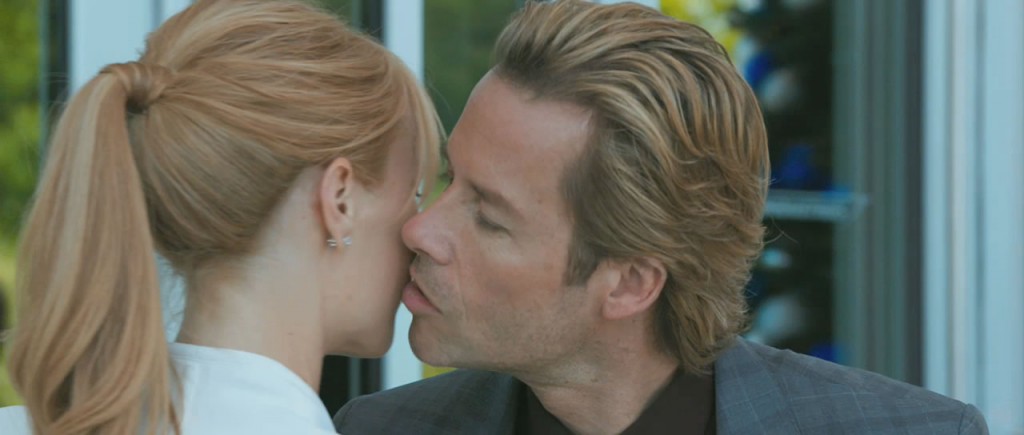 What ignorant gasoline are we splashing on the fires of others with our little white lies, harsh words, infidelities and indiscretions, telling ourselves no one is really hurt? What grievous, ghastly crimes have our wicked little water in the roots? Have we put nails in the hands and feet of the innocent? Sometimes it doesn’t even have to be as obvious as a particular sin against someone… it can simply be the proclivity where we view and use people to enhance our lives instead of living and loving others to see their lives transformed. Which one, if we’re honest, is our default?
What ignorant gasoline are we splashing on the fires of others with our little white lies, harsh words, infidelities and indiscretions, telling ourselves no one is really hurt? What grievous, ghastly crimes have our wicked little water in the roots? Have we put nails in the hands and feet of the innocent? Sometimes it doesn’t even have to be as obvious as a particular sin against someone… it can simply be the proclivity where we view and use people to enhance our lives instead of living and loving others to see their lives transformed. Which one, if we’re honest, is our default?
“By this we know love, that he laid down his life for us, and we ought to lay down our lives…” – 1 John 3:16
This is why we have the shadow of Yinsen from Act One of the first film, casting a light on why Tony’s “moral psychology” is forever changed, leading to some decisive actions at Iron Man 3’s denouement. His words from the first film remind us:
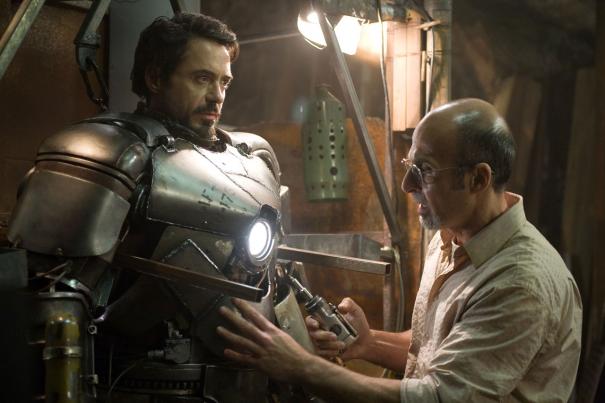 “The man who embraces his heroic nature pays a terrible price. He sees the darkness in the world, and in his own heart, and is forever changed. The child gives way to the man. And the day comes when he must ask himself, ‘What kind of man will I be?'” – Yinsen
“The man who embraces his heroic nature pays a terrible price. He sees the darkness in the world, and in his own heart, and is forever changed. The child gives way to the man. And the day comes when he must ask himself, ‘What kind of man will I be?'” – Yinsen
Thus comes Tony’s sanctifying struggle to embrace his identity in the third film, facing anxiety and his inability to control everything. He became the Iron Man to stand strong against evil, to protect others from those who were as he once was. However, the man Tony is called to be is not the ultimate savior, and he is forced to embrace his limitations and the fullness of what it means to live this new life.
As three faces from his past illustrate his salvation and his viral failures, we’ll see in the next post how three faces in his present help flesh out what armor alone can’t sustain.

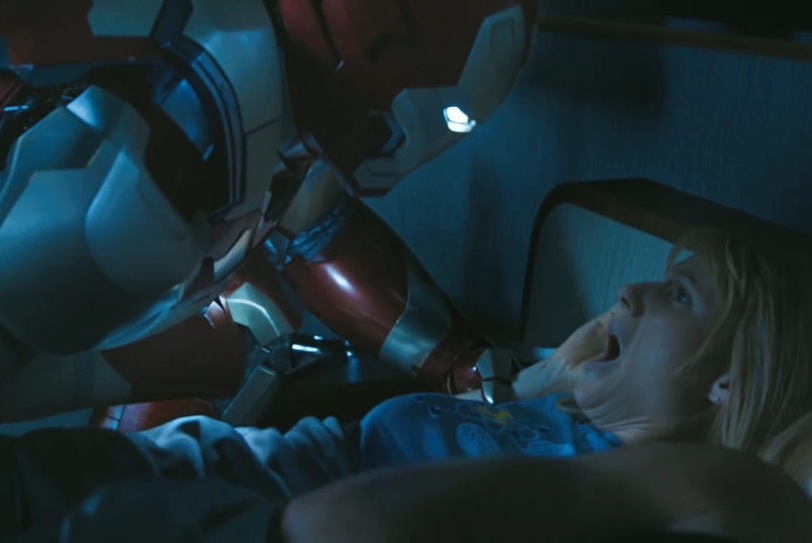
[…] forgotten who he is. We also see three characters from his past at the film’s opening who dramatically impact his future, and the story then shows us how three characters in his present give provide pivotal pieces that […]